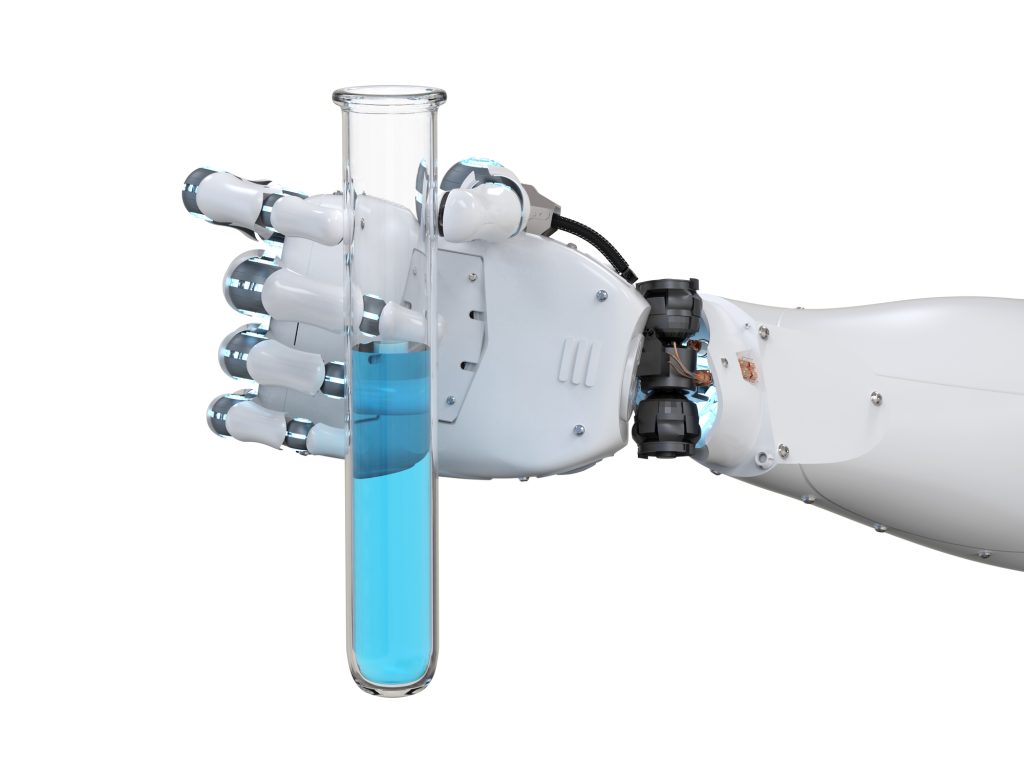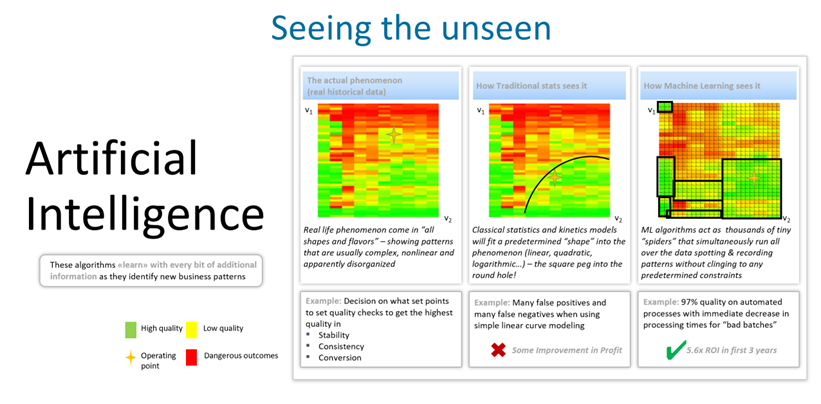 There is no doubt that AI will be driving the lab of the future for forward-looking organizations. Imagine the value of automating everything from scheduling and risk assessment to sample preparation and processing.
There is no doubt that AI will be driving the lab of the future for forward-looking organizations. Imagine the value of automating everything from scheduling and risk assessment to sample preparation and processing.
Although the transition is already underway in many organizations, the promise of AI is not yet being realized in most companies. According to two recent Gartner reports, 85% of AI and machine learning projects fail to deliver value, and only 53% of projects make it from prototypes to production.
If this technology holds so much potential, why do so many AI implementations fail?
The simple answer is that while many labs and other organizations recognize the potential of AI, they’re often not sure what to do with it. It’s so easy to get caught up in the minutiae of setting up the system that lab teams fail to adequately define the specific challenges it needs to address, or to recognize its potential to disrupt and improve current business processes.
What Are Successful AI Users Doing Right?
Despite the challenges, the benefits are clear to anyone who’s seen AI done right. Those who have successfully implemented it — and have a proactive strategy — are not only realizing excellent value, they tend to have substantially higher profit margins.
In one use case, for example, AI and machine learning (ML) returned more than five times the company’s investment in just three years by delivering automated processes with 97% quality and immediately reducing the processing time for “bad” batches.
Five key steps can help your lab realize each of the stages on the curve — and the value each level provides.
5 Steps to a Successful AI Transformation
· Identify use cases and sources of value
Start by scanning your organization’s use-case horizon for applications where AI can make a real difference. It’s critical to articulate real business needs rather than just diving in. Build a compelling business case that’s as specific as possible, demonstrating sources of quantifiable value.
· Establish integrated data ecosystems
AI-driven insights are only as good as the available data permits. Wherever possible, you’ll need to break down existing data silos. Decide on the level of aggregation and pre-analysis you’ll need and identify the high-value data your AI solution will need to get a complete picture.
 · Evaluate tests and tools
· Evaluate tests and tools
Identify fit-for-purpose AI tools that will meet the needs of your lab’s operations. It may be necessary for you to partner with other organizations to plug capability gaps. Take an agile “test and learn” approach before implementing AI solutions across your entire organization to ensure they’ll provide the value you’re looking for.
· Workflow integration
Once you’ve determined the right AI solutions, it’s time to begin integrating them into workplace processes. You may need to do this gradually so as not to overwhelm your team with too many changes at once. Optimize the human/machine interface as much as possible to make the transition and ongoing use as seamless as possible.
· Promote an “open org” culture
Throughout this process, take steps to encourage an open, collaborative culture — data silos often aren’t the only barriers that need breaking down. Stakeholders at every level of your organization need to be involved in the transition, and will need to build trust in the insights your AI solution provides. Re-skill your workforce as necessary to ensure a complementary relationship between your team and the AI so that each can excel at what they do best.
The LabVantage Analytics Advantage
LabVantage Analytics (LVA) streamlines all of the steps outlined above by augmenting the capabilities of LIMS and fostering a data-driven digital ecosystem in the lab. This completely modular system is designed for different levels of adoption depending on your lab’s needs.
At the most basic level, LVA comes bundled with a set of out-of-the-box solution accelerators, designed for specific business problems in the lab, which can be implemented with minimal configurations. A low-code development framework allows you to build and deploy a portfolio of specialized data analytics solutions. LVA is also equipped with the exhaustive capabilities needed to achieve a data-centric digital architecture for your laboratory in the long run.
Interested in empowering your lab with AI and ML? Learn more about LabVantage Analytics or give us a call to discuss your needs.


